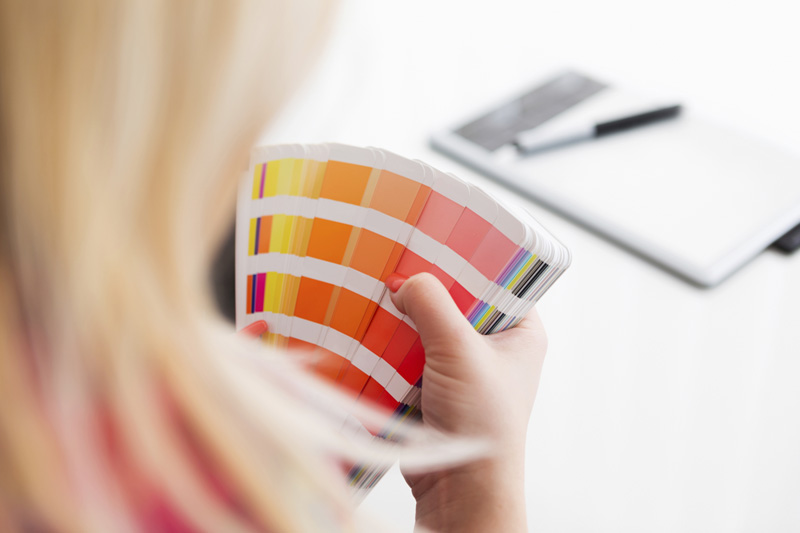
Many of us are focused on the colors we like and colors we don’t like, but most of the time we never consider what color will grab your audience’s attention. It’s a hard theory to grasp because color can be very subjective.
When designing, designers need to step back and become unbiased for color and look at what would be attractive for the target audience or what will complete the goals of their client. Colors are more than what we see, they trigger emotions, set moods and psychologically change a person views on things.
To understand which color is appropriate in a situation, we have to understand the color spectrum. Colors are broken down to cool and warm: cool colors being blues, violets and greens and warm being reds, oranges and yellows. Many colors overlap these rules but for ease of explanation I will keep it simple. After looking at warms and cools we also have to determine which colors are primary, that would be red, yellow and blue. We call them primary because we can mix the colors to create new colors like: orange, green and violet (our secondary colors). There are also neutrals that can compliment both warm and cool; grey, black, browns, and toupees.
Ok, now that we know colors and their differences, we can cover the emotions associated with colors. Warm colors tend to evoke an energetic emotion, whether it’s excitement, anger or passion. An example of using a warm color would be on a Call to Action button, we want the viewer to take action and get excited about their choice, choosing an orange color would be perfect for that action. While cool colors tend to soothe and calm the viewer or allude to professionalism. An example of using a cool color would be: using a green for an eco-friendly company, it shows that the company is friendly and down-to-earth.
Choosing a color is very important and as a designer I cannot stress anymore that color selection should be an unbiased research driven process, that is not to say you shouldn’t pick a color you hate you just need to thing about your companies goals first. In picking a color there is a couple questions to keep in mind when choosing:
Is my company here to excite or relax my target audience?
What is my businesses personality? In your face or subtle?
Related Articles Below:
http://www.smashingmagazine.com/2010/01/28/color-theory-for-designers-part-1-the-meaning-of-color/
http://psychology.about.com/od/sensationandperception/a/colorpsych.htm
